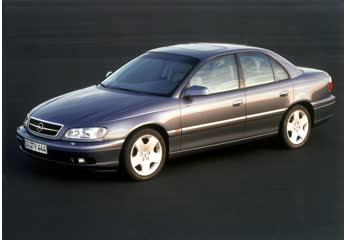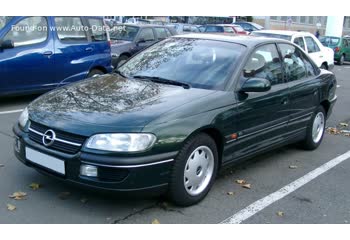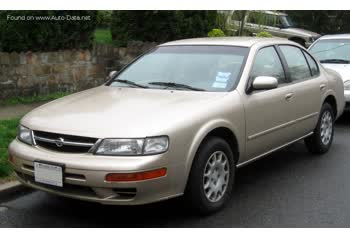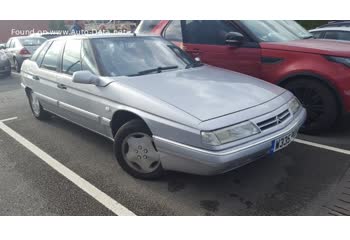Everything you need to know about specifications and performance - Vauxhall Sintra Sintra 1997 - 3.0i 24V (201 Hp) Automatic

Overview:
What is the engine capacity of a Vauxhall Sintra 1997?
The engine capacity of the Vauxhall Sintra 1997 is 2962.
Vauxhall Sintra 1997 How many horsepower?
The engine power of the Vauxhall Sintra 1997 is 201 Hp @ 6000 rpm..
What is the Vauxhall Sintra 1997 engine?
Vauxhall Sintra 1997 engine is X30XE. (Click to see other cars using the same engine)
How much gasoline does a Vauxhall Sintra 1997 consume?
The Vauxhall Sintra 1997 consumes 8.3 liters of gasoline per 100 km
What is the recommended oil for a Vauxhall Sintra 1997 engine?
The recommended oil for a Vauxhall Sintra 1997 car engine is 5W-30.
What type of camshaft transmission system is used in a Vauxhall Sintra 1997 engine?
belt is used to transmit motion.
General:
Engine:
Performance:
Space:
dimensions:
Powertrain, Suspension and Brakes:
See also

Same engine. (X30XE).
Its production began in 1999 until 2000

Same engine. (X30XE).
Its production began in 1994 until 1999

Same production year and almost the same engine capacity.
Its production began in 1997 until 2000

Same production year and almost the same engine capacity.
Its production began in 1997 until 2000
Write a comment